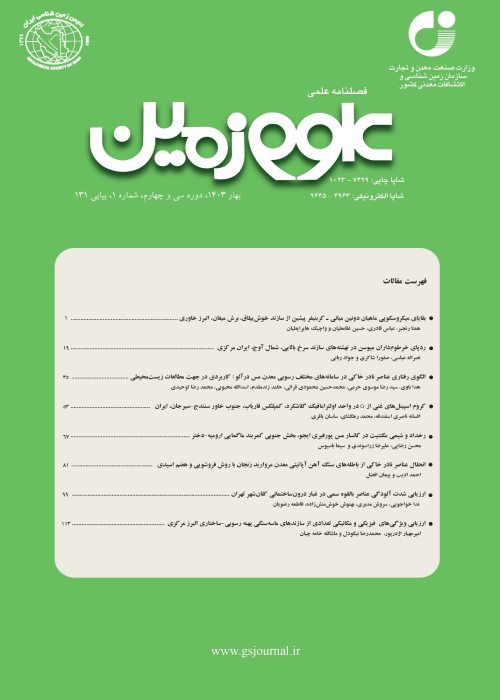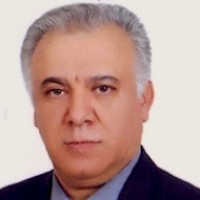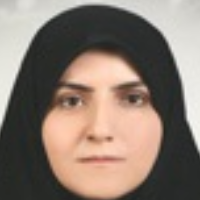A new hypothesis on the petrogenesis of Saray volcano with emphasis on formation of Sanidine megacryst, (crystallization in an isolated magma chamber)
The Saray volcano is located on the East of the Urmia Lake. This extinct stratovolcano mainly consists of Leucitite lavas and related pyroclasts. Dykes with composition of Leucite phonolite, Lamprophyre, Trachyte and microsyenite intruded into leucitite. Field evidences indicate that minette and trachytic dykes intruded into each other. A microsyenitic stock and dykes outcrops in the central valley of this volcano. The trachytic pyroclasts eruption is the last activity of the Saray volcano and probably caused the destruction of volcanoe’s caldera and formed its current shape. Leucitites maimly consist of leucite and clinopyroxene phonocrysts, minettes consist of biotite and clinopyroxene phenocrysts and trachytes consist of biotite, sanidine and clinopyroxene phenocrysts. The Saray magmatism has potassic to ultrapotassic nature and its geochemical features indicate that this magma should be originated from a micaceous garnet clinopyroxenite mantle. The coexistance of leucitite, lamprophyre and trachyte, could not be explained only by the function of fractional crystallization in leucitite magma. Sanidine is the most abundant feldspar in the Saray volcano. Sanidine megacrysts crystalize in a medium size magma chamber with continuing temperature cycling, so that the magma temperature remains close to the liquidus temperature of the K-feldspar for a long time.
- حق عضویت دریافتی صرف حمایت از نشریات عضو و نگهداری، تکمیل و توسعه مگیران میشود.
- پرداخت حق اشتراک و دانلود مقالات اجازه بازنشر آن در سایر رسانههای چاپی و دیجیتال را به کاربر نمیدهد.





